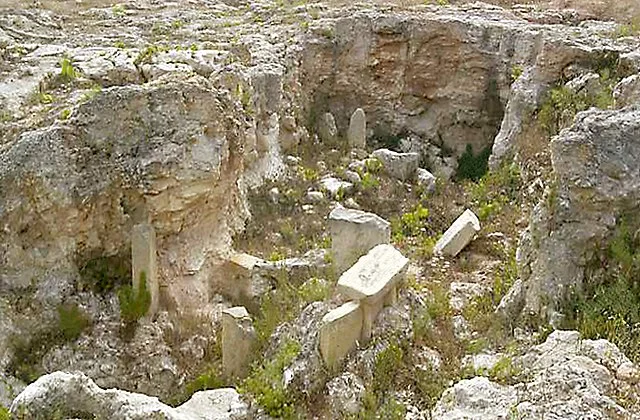The Xagħra Stone Circle, also known as the Brochtorff Circle, is a prehistoric burial site located on the island of Gozo in Malta. It dates back to the Neolithic period, specifically between 3000 BC and 2400 BC. The site was discovered in the 19th century but remained largely unexplored until the late 20th century.
Get your dose of History via Email
Discovery and Excavation
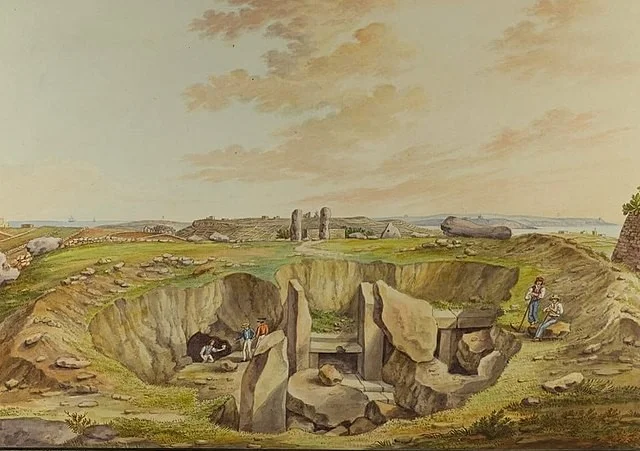
The site was first recorded in the early 1820s by Otto Bayer and later by Charles de Brochtorff, a German artist. They documented the presence of large stones arranged in a circular formation. Excavations were carried out from 1987 to 1994 by an international team of archaeologists. These excavations revealed the site’s function as a funerary complex.
Structure and Layout
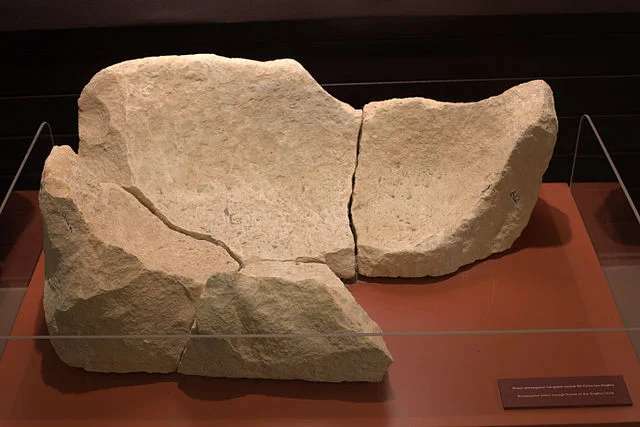
The Xagħra Stone Circle consists of a series of megalithic structures, including large stone blocks that form a circular enclosure. Inside the circle, archaeologists found burial chambers and ossuaries. These contained human remains, pottery, and other artifacts. The bones discovered suggest that the site was used for collective burials over several centuries.
Funerary Practices
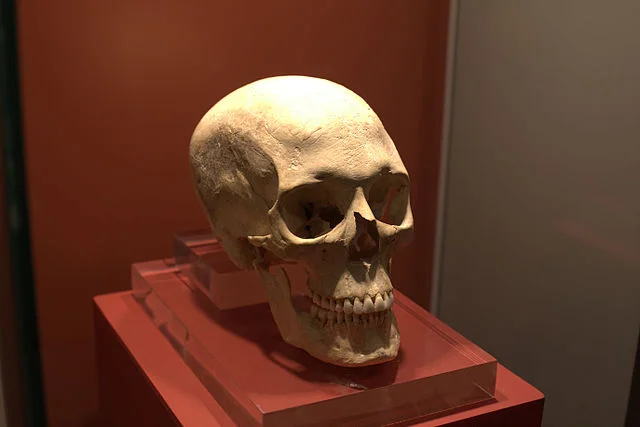
The site offers crucial insights into prehistoric Maltese funerary practices. Over 200,000 human bones were discovered, representing at least 800 individuals. Archaeologists found evidence of cremation, secondary burials, and the use of ochre, which was applied to both bones and grave goods. This suggests a highly ritualized burial process.
Connection to Nearby Sites
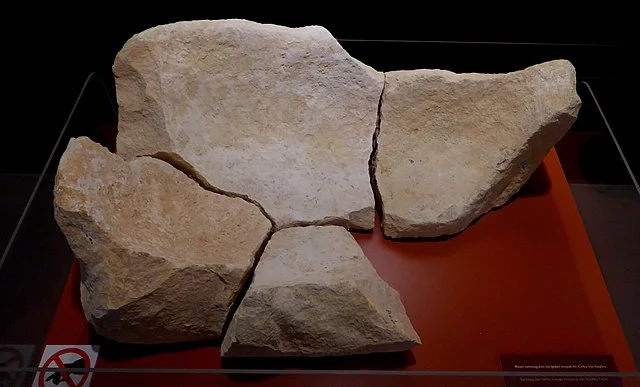
The Xagħra Stone Circle is closely associated with other megalithic temples on Gozo and Malta, including Ġgantija, which is located less than a kilometer away. These sites share similar architectural styles and burial practices. The connection between the Xagħra Stone Circle and Ġgantija indicates a shared religious or cultural significance among the prehistoric inhabitants of the islands.
Significance and Preservation
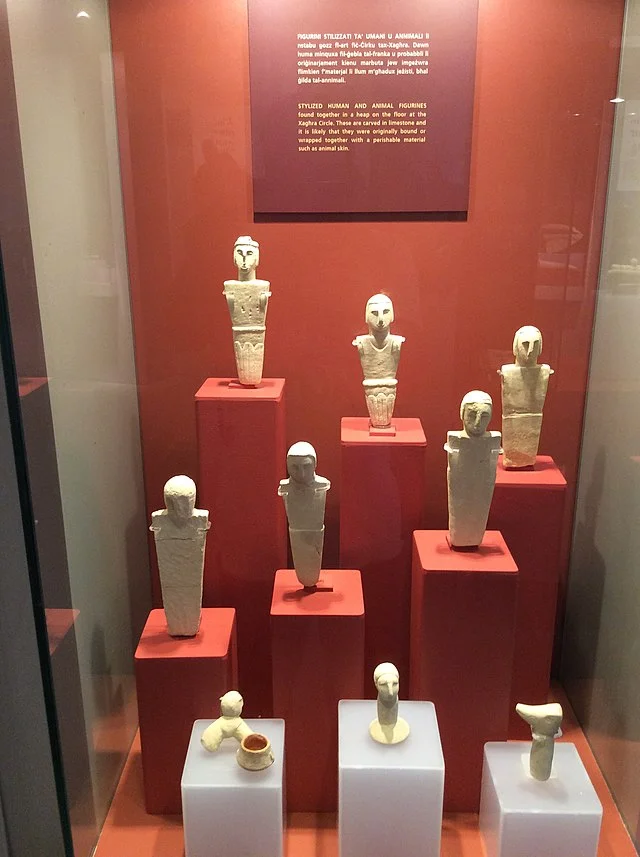
The Xagħra Stone Circle provides important information about Malta’s Neolithic period, particularly regarding burial practices and social structure. The site is considered one of the most significant prehistoric burial grounds in the Mediterranean. Efforts to preserve the site continue, though much of it remains inaccessible to the public due to ongoing conservation work.
Conclusion
The Xagħra Stone Circle offers a detailed glimpse into the burial practices of Malta’s ancient inhabitants. Its connection to other megalithic structures on the islands highlights its cultural importance. Continued research and preservation are key to understanding the full significance of this prehistoric site.
Source:

